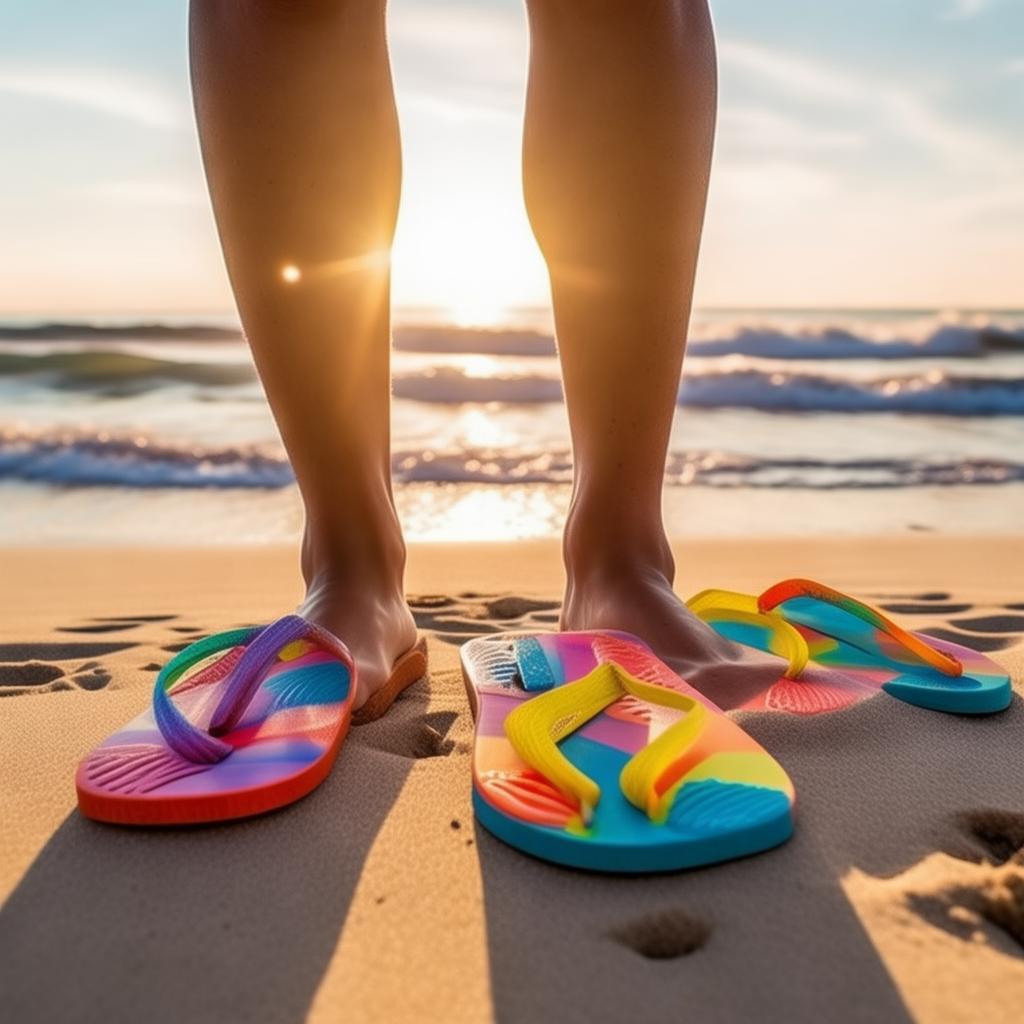Why do people wear flip flops at the beach?
Problem: Why do people wear flip flops at the beach?
Agitate: The beach is a place of relaxation and fun, but the choice of footwear can be quite intriguing. Flip flops, in particular, have become a staple at the beach, and their popularity raises questions about their practicality and cultural significance.
People wear flip flops at the beach primarily for comfort, convenience, and style. They are designed to be lightweight and breathable, making them ideal for walking on sandy surfaces and in saltwater. Additionally, flip flops are often seen as a symbol of beach culture and relaxation.
What makes flip-flops so popular at the beach?
-
Comfort: Flip flops are designed to be comfortable, with a wide toe strap that distributes pressure evenly across the foot. This makes them perfect for long periods of walking on the beach.
-
Breathability: The open design of flip flops allows air to circulate around the feet, keeping them cool and dry, which is especially important in hot beach environments.
-
Ease of Use: Flip flops are easy to slip on and off, making them convenient for activities like swimming or walking to the beach.

-
Style: Flip flops come in a wide variety of colors, patterns, and materials, allowing individuals to express their personal style while at the beach.
-
Cultural Significance: In many cultures, flip flops are associated with leisure and relaxation, making them a symbol of beach life.
Further Questions:
- How do flip flops compare to other beach footwear in terms of comfort and durability?
- What are the environmental impacts of flip flop production and disposal?
- How have flip flops evolved in design over the years?
- Are there specific types of flip flops that are better suited for different beach activities?
- How do flip flops contribute to the overall beach experience?
- What are the health risks associated with wearing flip flops for extended periods?
Answers:
-
Comfort and Durability: While flip flops are comfortable for short periods, they may not be as durable as other beach footwear like sandals or water shoes. They are more prone to wearing out quickly, especially in areas with rough terrain or sharp rocks.
-
Environmental Impacts: The production and disposal of flip flops have significant environmental impacts. Many flip flops are made from plastic, which is a non-renewable resource. Additionally, they often end up in oceans and other water bodies, contributing to pollution.
-
Design Evolution: Flip flops have evolved from simple, utilitarian footwear to a fashion statement. They now come in various materials, including leather, rubber, and even eco-friendly materials like recycled plastic.
-
Activity-Specific Flip Flops: There are specific types of flip flops designed for different activities. For example, water shoes offer more protection and grip for walking on rocky or uneven surfaces, while neoprene flip flops provide insulation for cold water swimming.
-
Contribution to the Beach Experience: Flip flops contribute to the beach experience by providing a sense of freedom and relaxation. They are a symbol of the laid-back beach lifestyle and can enhance one's overall enjoyment of the beach.

-
Health Risks: Wearing flip flops for extended periods can lead to foot injuries, such as blisters, sprains, or even fractures. It's important to choose the right size and style to minimize these risks.
Conclusion: Flip flops have become an iconic piece of beachwear due to their comfort, convenience, and cultural significance. However, it's important to be mindful of their environmental impact and health risks associated with prolonged use.
